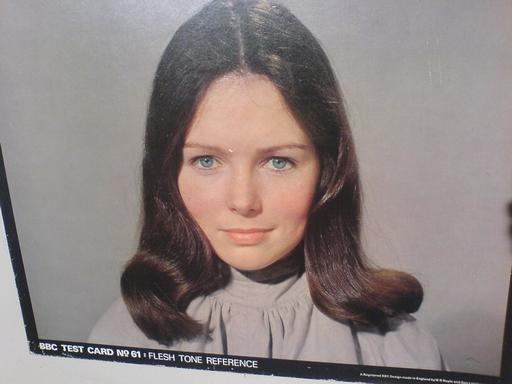
by Ed Calverley | Aug 20, 2019 | Cameras, Vision
Television cameras are somewhat more complex than most people realise. The lenses alone can cost a small fortune. Whether for Field Production, Studio Poruction or Electronig News Gathering (ENG) there are a wide range of requirements. Broadcast cameras typically...
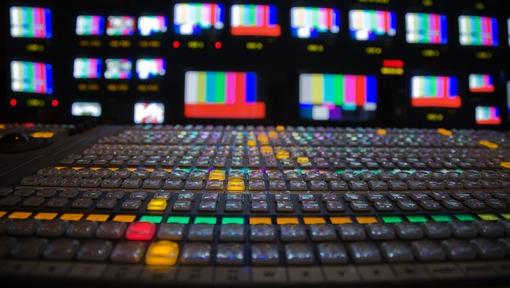
by Ed Calverley | Aug 20, 2019 | Vision
Vision Mixers (or Vision Switchers as they are known in North America) are the key component for video production. The below videos give a great insight to some of the terms used when referring to the functions of a vision mixer. Production Switcher – Basic...
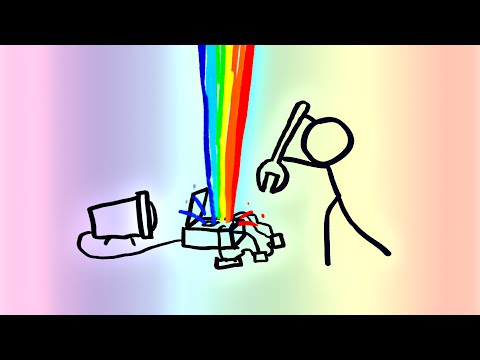
by Ed Calverley | Aug 20, 2019 | Video
This video by Munute Physics makes reference to how the level values for video is adjust ‘to save disk space’ – in fact the mechanism discussed is a much older hang-over from the Cathode Ray Tube (CRT) days of television which gave rise to the gamma...
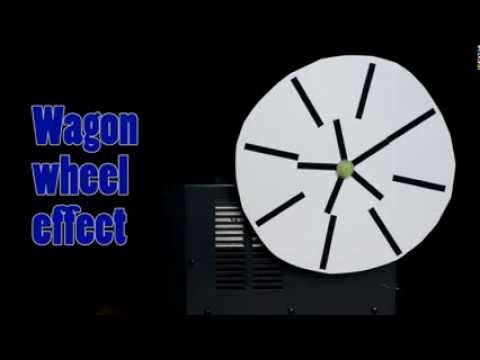
by Ed Calverley | Aug 20, 2019 | Video
Temporal Aliasing is where artefacts appear in video due to the interaction between the time/speed of sampling and motion of objects being imaged. When the frequency of the frame rate used matches any cyclic motion in the scene being captured an effect known as...
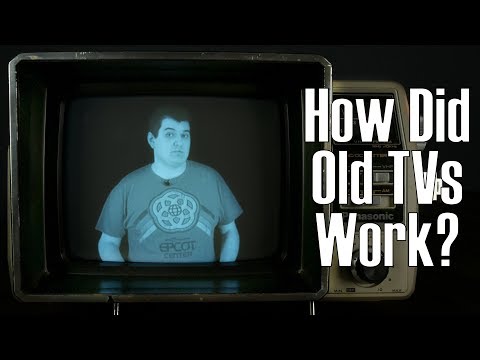
by Ed Calverley | Aug 20, 2019 | History
The first video by Veritasium tells the history of how film was a core component of Television until 1956 with the invention of the first practical video recorder by Ampex (BBC did create VERA in 1952 but it was never a commercial product – See Wikipedia for...






